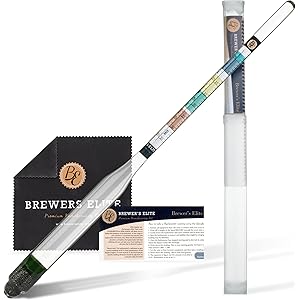Understanding Yeast Rash Under Breast
Yeast rash under the breast, also known as intertrigo, is a common condition caused by an overgrowth of yeast, particularly Candida species. This fungal infection typically occurs in warm, moist areas of the body, making the space under the breasts a prime location for its development. The rash can lead to discomfort, itching, and irritation, often requiring prompt attention to alleviate symptoms and prevent further complications.
Causes of Yeast Rash Under Breast
The primary cause of yeast rash under the breast is the proliferation of yeast due to a combination of moisture, heat, and friction. Factors such as obesity, tight clothing, and poor hygiene can exacerbate these conditions, creating an environment conducive to yeast growth. Additionally, hormonal changes, such as those experienced during pregnancy or menstruation, can also contribute to the development of this rash.
Symptoms of Yeast Rash Under Breast
Symptoms of yeast rash under the breast typically include redness, swelling, and a burning sensation in the affected area. The skin may appear shiny and may have small pustules or blisters. In some cases, the rash can produce a foul odor, which can be distressing for those affected. If left untreated, the rash can worsen, leading to more severe discomfort and potential secondary infections.
Diagnosis of Yeast Rash Under Breast
Diagnosing yeast rash under the breast usually involves a physical examination by a healthcare professional. They may ask about symptoms, medical history, and any underlying conditions that could predispose an individual to yeast infections. In some cases, a skin scraping may be performed to confirm the presence of yeast organisms, ensuring an accurate diagnosis and appropriate treatment plan.
Treatment Options for Yeast Rash Under Breast
Treatment for yeast rash under the breast often includes antifungal creams or ointments that target the yeast infection. Over-the-counter options, such as clotrimazole or miconazole, can be effective in managing mild cases. In more severe instances, a healthcare provider may prescribe stronger antifungal medications. Keeping the area clean and dry is crucial for recovery, and wearing breathable fabrics can help prevent recurrence.
Get more content like this!
Sign up to receive updates and new terms first hand.
Prevention of Yeast Rash Under Breast
Preventing yeast rash under the breast involves several proactive measures. Maintaining proper hygiene by regularly washing and thoroughly drying the area can significantly reduce the risk of infection. Wearing loose-fitting clothing made from natural fibers allows for better air circulation, minimizing moisture buildup. Additionally, individuals who are prone to yeast infections should consider using antifungal powders or sprays as a preventive measure.
Home Remedies for Yeast Rash Under Breast
Several home remedies may provide relief from yeast rash under the breast. Applying coconut oil, known for its antifungal properties, can soothe irritated skin and help combat yeast growth. Additionally, a mixture of apple cider vinegar and water can be used as a topical treatment to restore the skin’s natural pH balance. However, it is essential to consult with a healthcare professional before trying home remedies, especially for persistent or severe cases.
When to Seek Medical Attention
It is important to seek medical attention for yeast rash under the breast if symptoms persist despite home treatment or worsen over time. Signs of a more severe infection, such as increased pain, swelling, or the presence of pus, warrant immediate consultation with a healthcare provider. Individuals with compromised immune systems or underlying health conditions should also be vigilant and seek prompt care if they suspect a yeast infection.
Impact on Quality of Life
Yeast rash under the breast can significantly impact an individual’s quality of life, causing discomfort and embarrassment. The itching and irritation can interfere with daily activities, leading to decreased productivity and social withdrawal. Addressing the condition promptly and effectively is essential for restoring comfort and confidence, allowing individuals to engage fully in their personal and professional lives.




